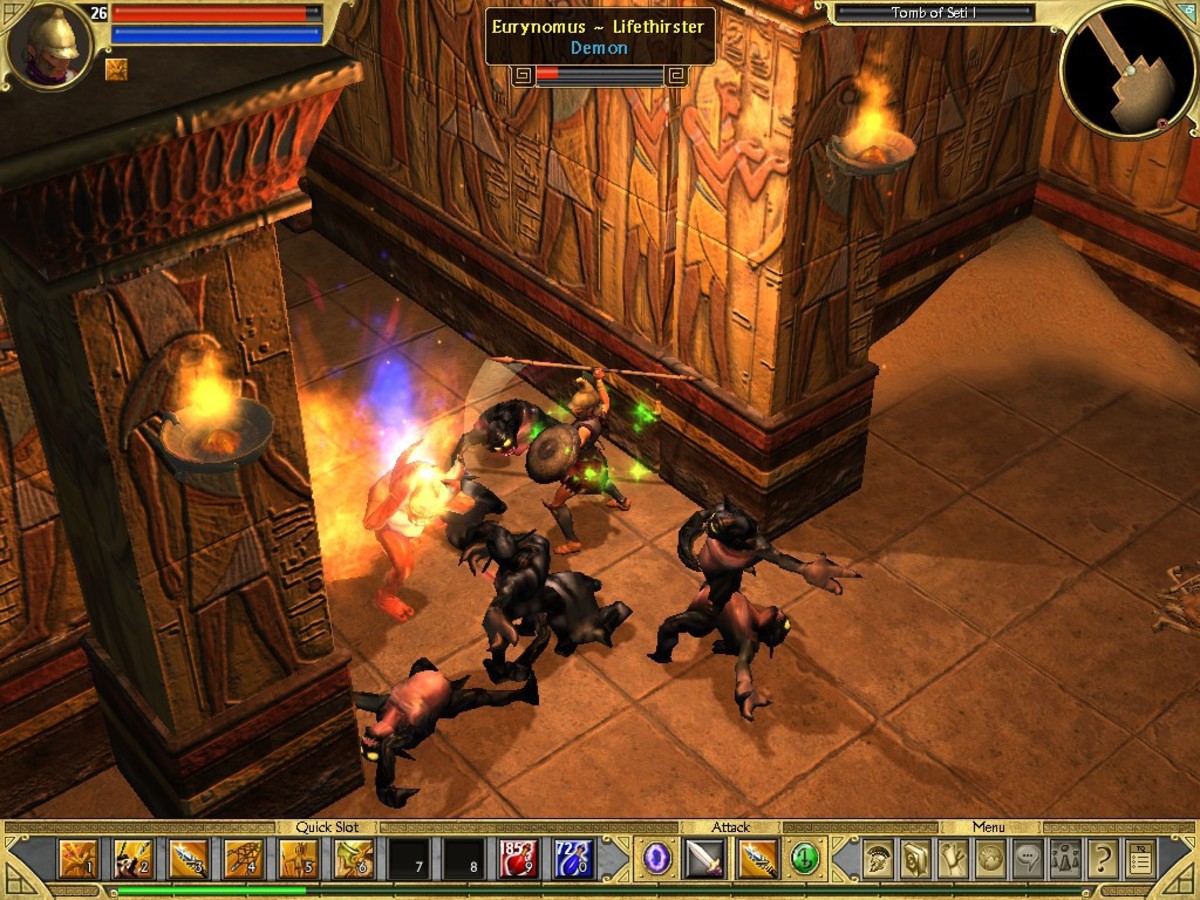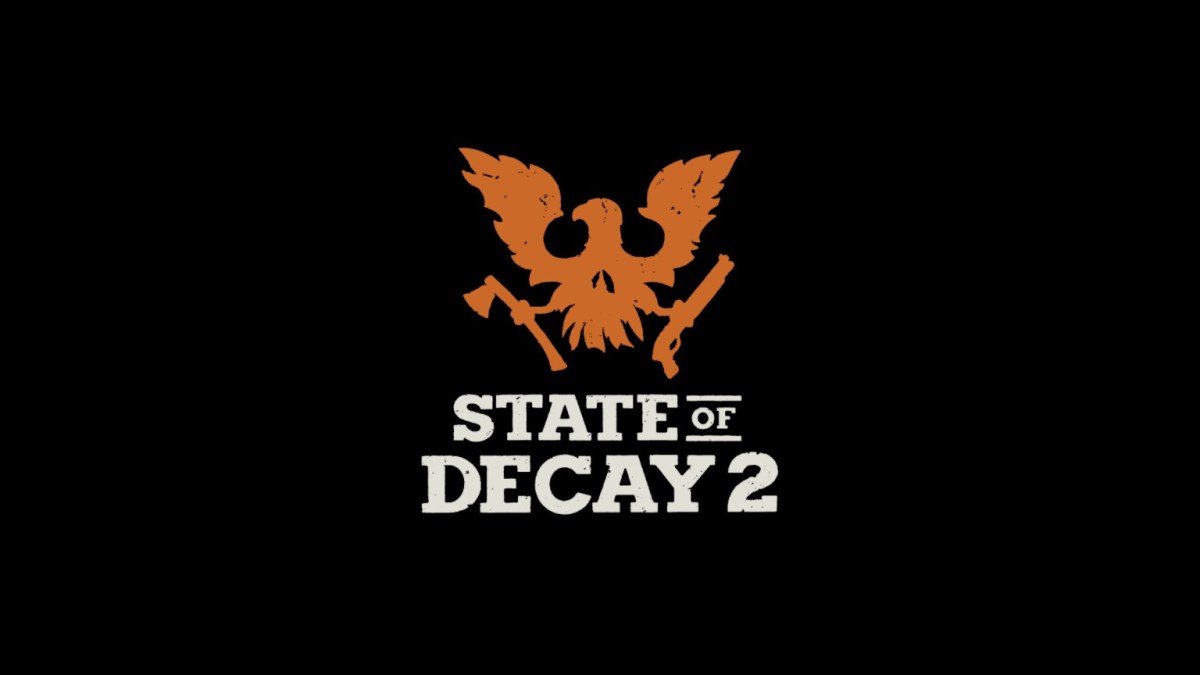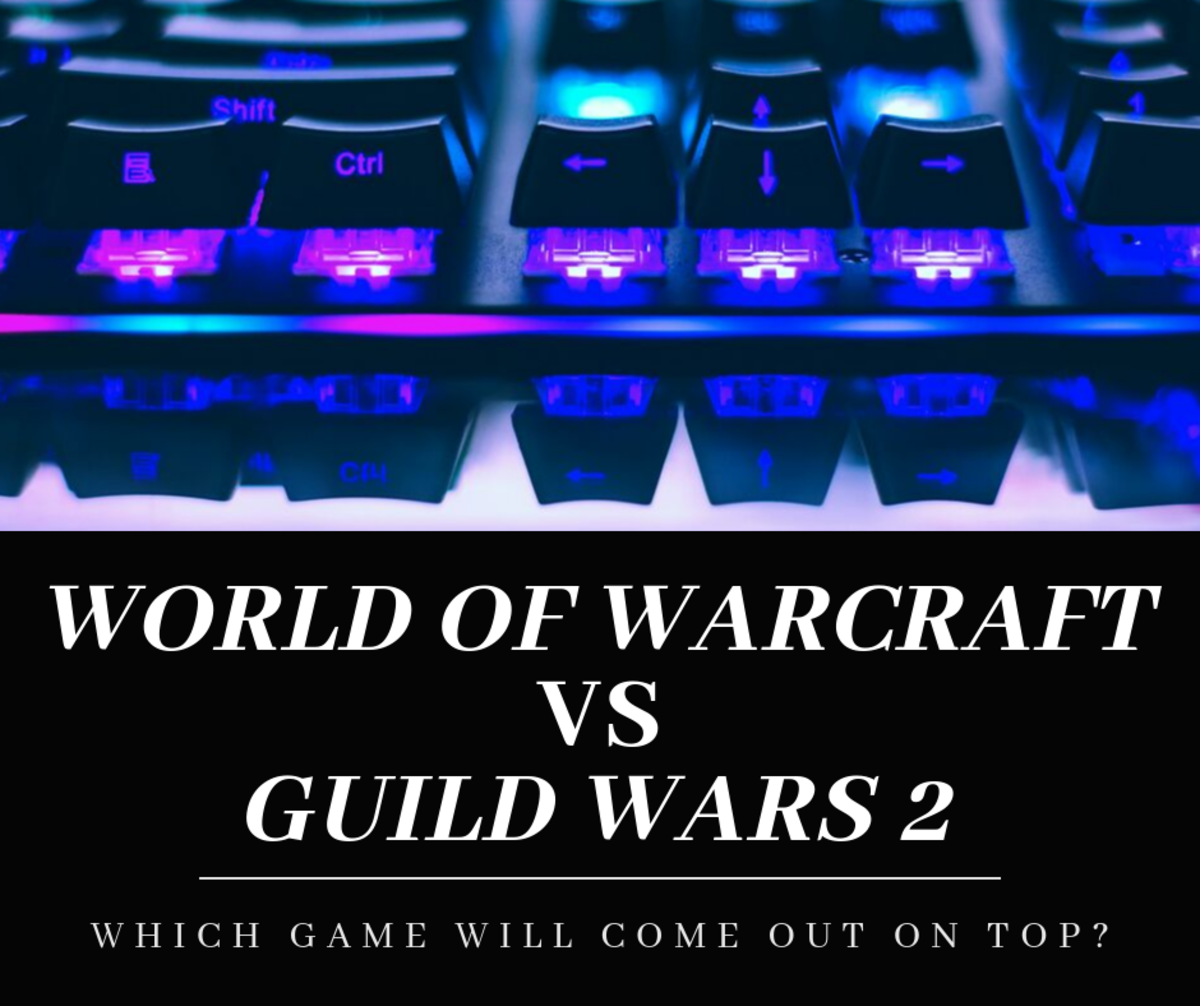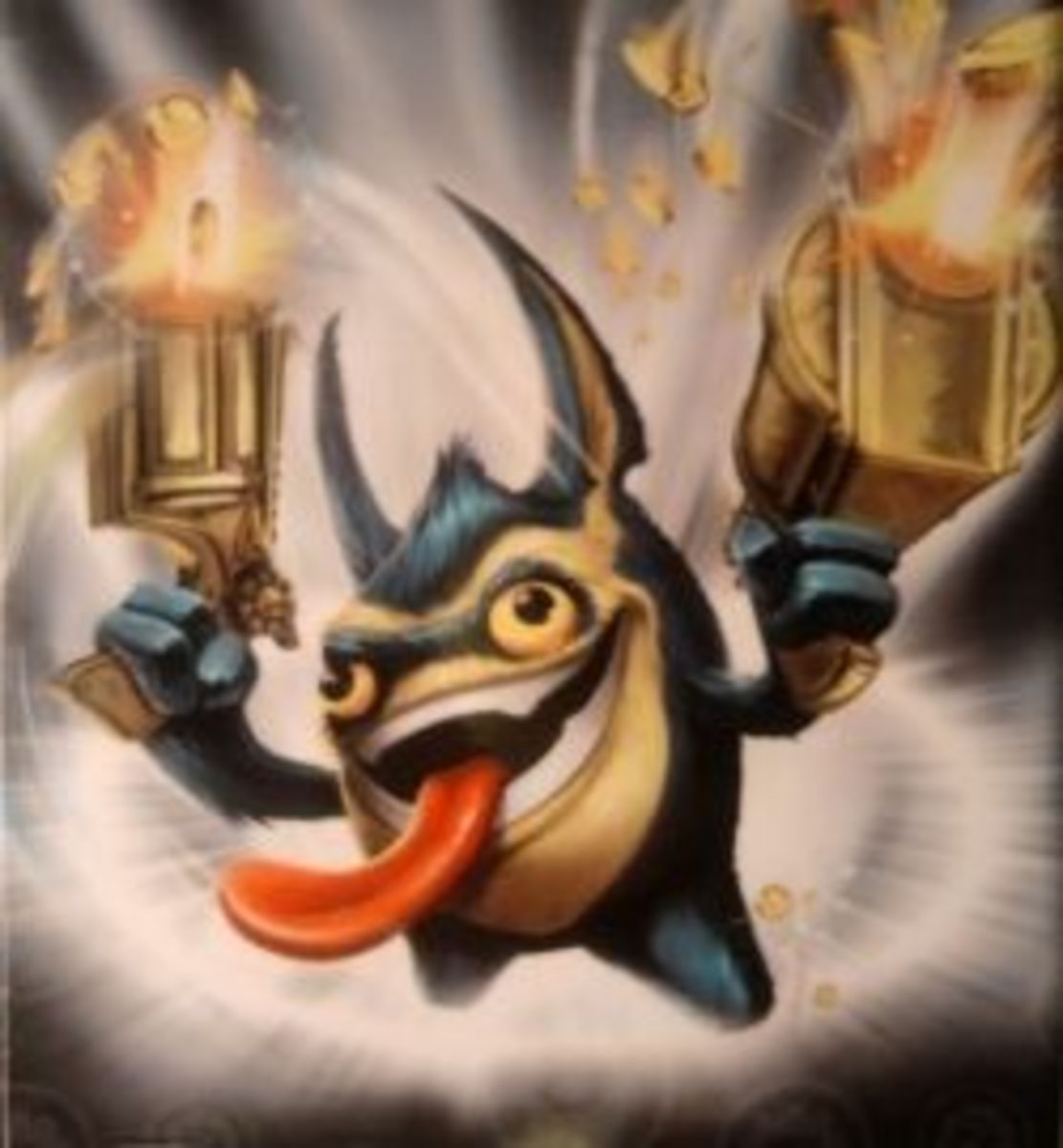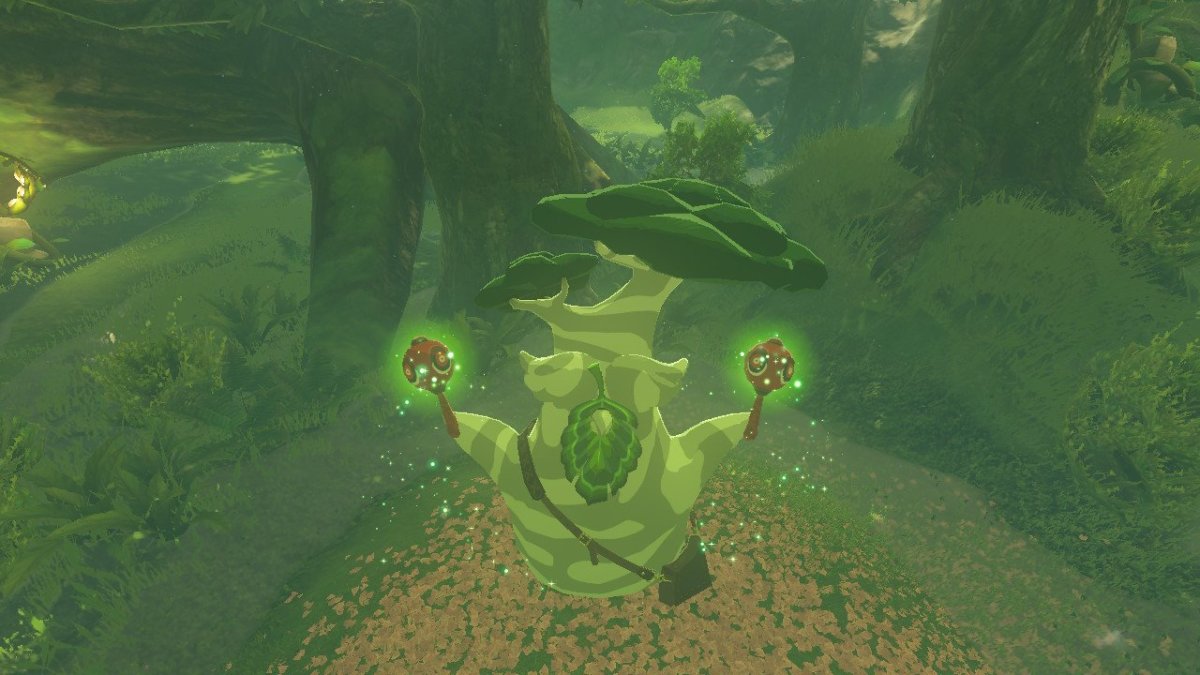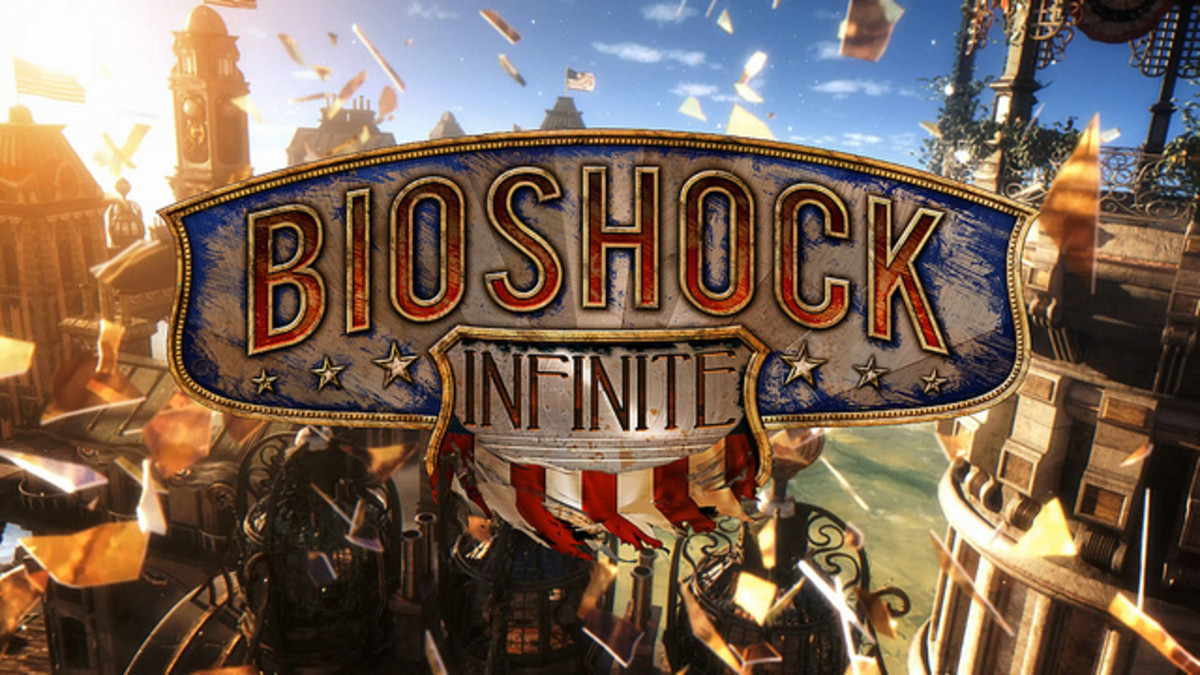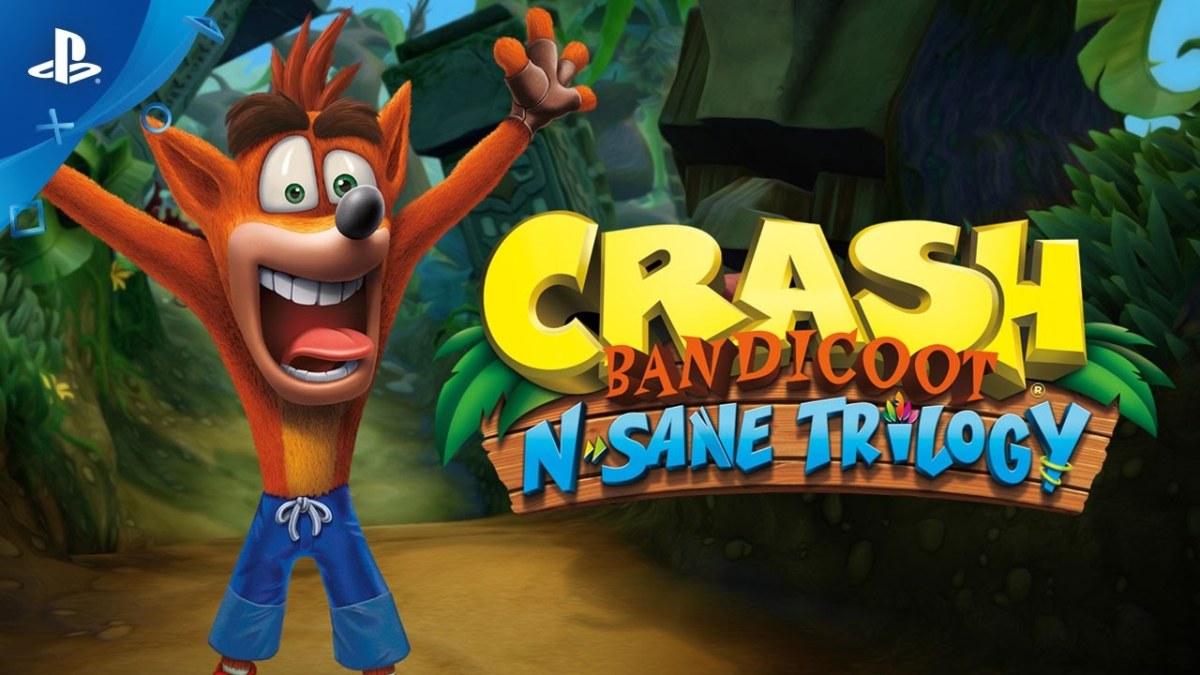King's Bounty: The Legend - A Review
Introduction
King's Bounty: The Legend is the sequel (more like spiritual sequel, but I digress) to King's Bounty, released in the year 1990 by New World Computing.
Developed by Katauri Interactive in 2008, this game is an interesting mix of adventure with role-playing and strategy elements. If you've ever played any of the Heroes of Might and Magic games (I link to my review of the third installment of said series, for your reading pleasure), then the combat should be familiar to you. Read on as I dissect this game, piece by piece!

Story
This game's story starts out simply enough: You are a Warrior, Paladin or Mage (you get to choose this at character creation; each class has different abilities and bonuses) about to graduate from Knight's School. You are given a trio of training tests (optional, but it's in your benefit to do them for extra items and gold) to prove your worth and graduate. After graduation, you're thrown out into the world to become a royal Treasure Searcher in the service of King Mark.
It may not sound like the best story ever, but it also happens to be one of the most immersive plots I've ever played. You really feel like you're in the world, doing quests to help the needy and vanquish evil (or even foment it at times; it's a relatively open-ended experience.)
Gameplay
As I mentioned in the introduction, this game integrates gameplay elements of several genres. While you're adventuring in the countryside, the game is a point and click real-time experience, akin to the adventure games of old. You can accept quests from people you meet in places such as taverns and castles, usually receiving gold and experience points for your trouble (although you may receive Runes at times; these will be explained shortly.).
Of course, if you had nothing to spend your gold on, then earning it would be a pointless endeavor, right? That's where the strategic element of this game comes in. You can use your gold to hire units of many walks in life, from the generic human Swordsman to the exotic Thorn Hunter (a moving plant that can spit out projectiles at its enemies). Gold can also be used to buy spell scrolls which can be used in battle or scribed into your spellbook permanently (in which case they consume your hero's Mana each time you use them) and artifacts that give your hero bonuses (and at times, penalties; however, the bonuses usually outweigh the penalties). Gold also has other uses, but I'd be spoiling the game if I mentioned them. ;)
And, just like that, we have slipped into the roleplaying elements of this game. You have a choice of three classes at character creation. All three classes share the same three skill trees (Might, MInd and Magic) but each class has two unique skills in their favorite skill tree (Warriors favor Might, Paladins favor Mind, and Mages favor Magic) and get extra runes of their favored type on level up. Runes are used to train skills in each of the skill trees. As you may suspect, training skills in a tree requires Runes of that tree. However, you'll also need the other types of runes to level up some of those skills as well (so, you have to carefully gauge what skills to train, lest you end up being short of one of the types of Runes needed.)
This game would be terribly easy if you could hire an infinite amount of troops for your army. Of course, the reality of this game is not as such. Your hero has a stat called Leadership, that determines how many units you can have in each slot of your army (you have 5 regular slots, and up to 2 reserve slots that are unlocked by leveling up a certain Mind skill; reserve units do not participate in combat). The stronger the unit, the more Leadership it requires. So, the question becomes, do you want a bunch of weak units in each slot, or do you prefer to have a few, but much stronger, units in each slot? Answering this question is one of the first things you'll need to learn to do as you play this game. Mixing units of different races won't always work either, as your unit Morale will take a hit. Units with negative Morale have reduced Attack and Defense parameters, which can be fatal on the battlefield. Conversely, units with positive Morale get a boost to those mentioned parameters.
Speaking of stats, your hero has four other stats besides Leadership and Mana. They are: Attack (the higher your hero's attack, the more damage your units do), Defense (the higher your hero's defense, the less damage your units suffer) Intellect (this improves your spellcasting ability) and Rage (the more Rage you have, the higher the chance of one of your units dealing double damage on attack; Rage is also used for skills used by Spirits of Rage).
Getting a level-up will award you with some Runes (most of them being from your favored skill tree) and one of two improvement choices. Any stat can be randomly chosen to be improved, which can lead to some nasty choices, as you have to choose to increase your Attack or your Leadership on one level up, for example.
Combat
Given that the original King's Bounty inspired the Heroes of Might and Magic turn-based series, it should be quite clear that this game is going to take elements from both of those games as well. Battles are played out on a hex-based battlefield. Your hero is normally set up on the left side of the battlefield while the enemy's forces are on the right. Units move each turn in order of their Initiative (the higher this number the better) and can move as far as their Speed allows. Moving one hex takes one Action Point, while attacking or interacting with an object takes all remaining Action Points.
Speaking of objects, fans of the Heroes of Might and Magic series will quickly notice that there are more things in these battlefields than just inanimate obstacles. There might be a chest smack dab in the middle of the battlefield (opposing units can beat you to them and steal their contents; which you will NOT receive once you defeat them), or a pillar that shoots lightning at everyone in the hexes surrounding it. Some objects are beneficial, and others are detrimental. All of them can be destroyed by attacking them (except chests, which are opened and then disappear.).
Where the battle takes place is important as well. A battle in the forest has different obstacle layouts than a battle on a bridge or a battle on the beach.
Related Items on Amazon.com
In Conclusion
Katauri Interactive did an incredible job with this game, and I wholeheartedly recommend it if you're a fan of RPG or turn based strategy games, as this one has enough of both to satisfy either crowd.
So, if you're looking for something to scratch your itch for a good turn-based game, play King's Bounty today!
Until the next time, take care and have fun! ;)
-Winterfate
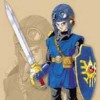
![King's Bounty: Ultimate Edition [Download]](https://m.media-amazon.com/images/I/61DjewerIeL._SL160_.jpg)
